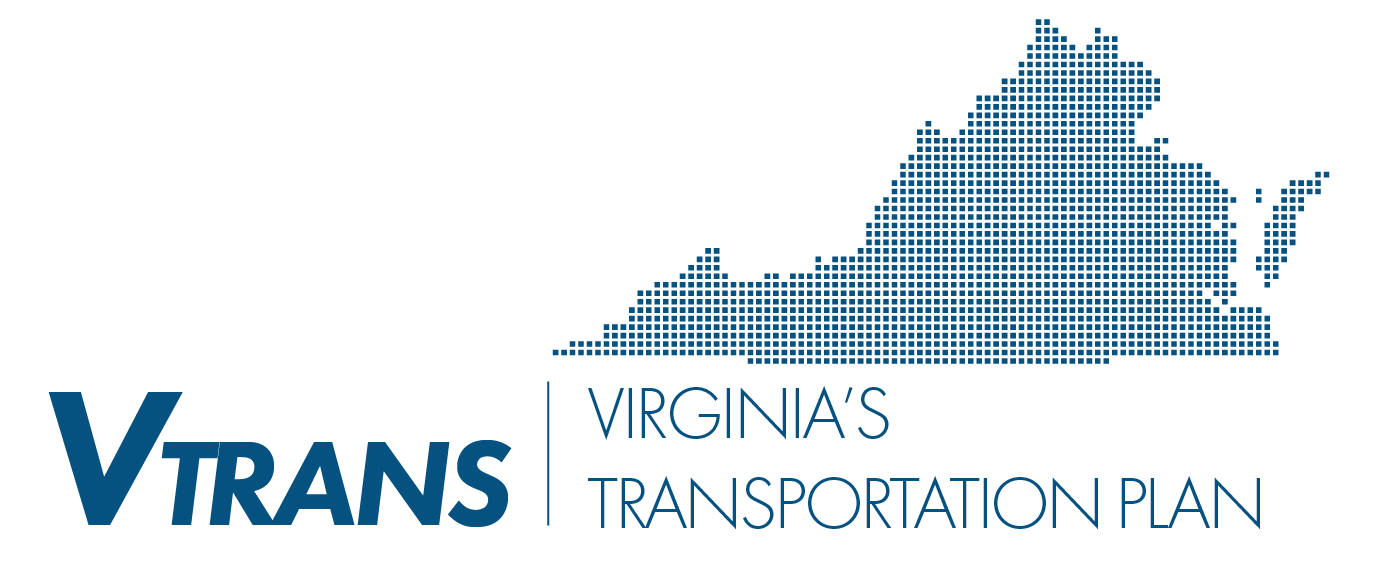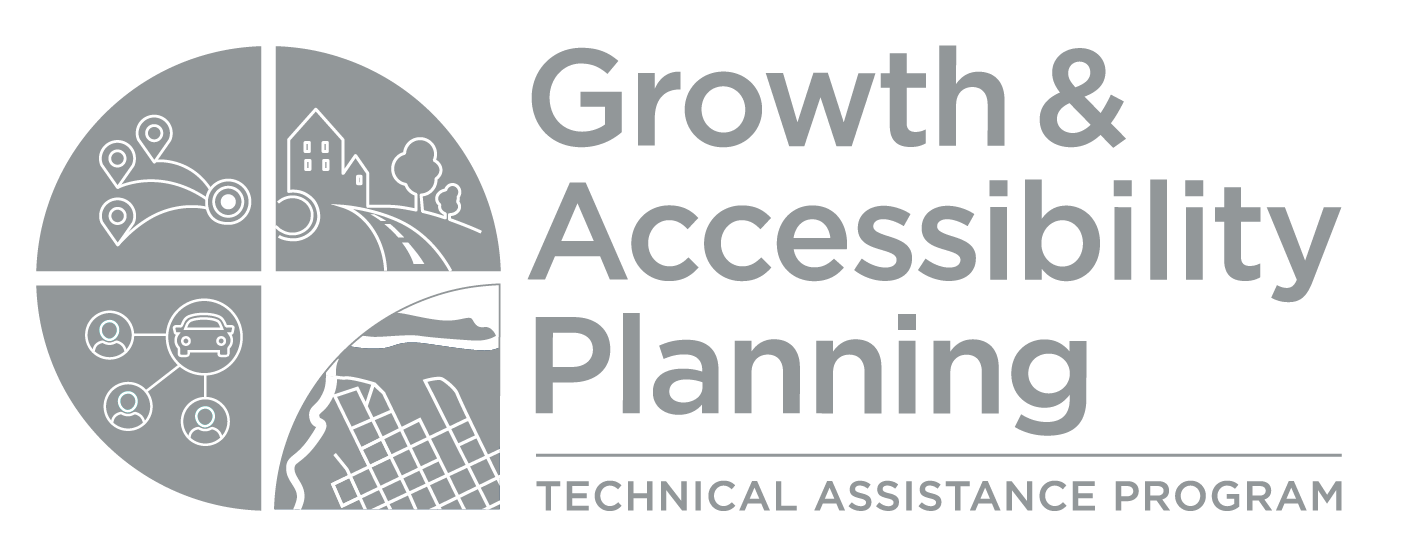In December 2021, the Commonwealth Transportation Board (CTB) adopted VTrans Strategic Actions. The status of the Strategic Actions will be updated to reflect the progress OIPI is making in collaboration with VDOT and DRPT.
Strategic Actions
VTrans Strategic Actions are identified based on the development of VTrans Vision, VTrans Mid-term Needs and Priorities, VTrans Long-term Risk & Opportunity Register, as well as the VTrans Freight Element. The Strategic Actions are initiatives that will help the Commonwealth achieve its transportation Vision, Goals and Objectives and may require the creation of new policies or modifications to existing policies.Development of VTrans Strategic Actions
The approach to develop VTrans Strategic Actions include reliance on planning that is informed by VTrans stakeholders, including state-level partners and external partners such as MPOs, PDCs, and localities. The aim is to seek out gaps and/or new opportunities to make the transportation system better prepared for existing and potential challenges consistent with the CTB’s Vision. Available resources, timeframes, and feasibility will also be taken into account.
VTrans Strategic Actions relate to:
- Clarifying roles and responsibilities
- Developing stronger linkages between planning and programming
- Ensuring consistency and improving transparency
- Improving coordination between transportation and land use
- Improving efficiency of multimodal and intermodal connections
2021 VTrans Strategic Actions
The 2021 Strategic Actions can be found below.
Filters
Frequently Asked Questions (FAQs)
Find more information on our Frequently Asked Questions page here: https://vtrans.virginia.gov/get-involved/frequently-asked-questions


